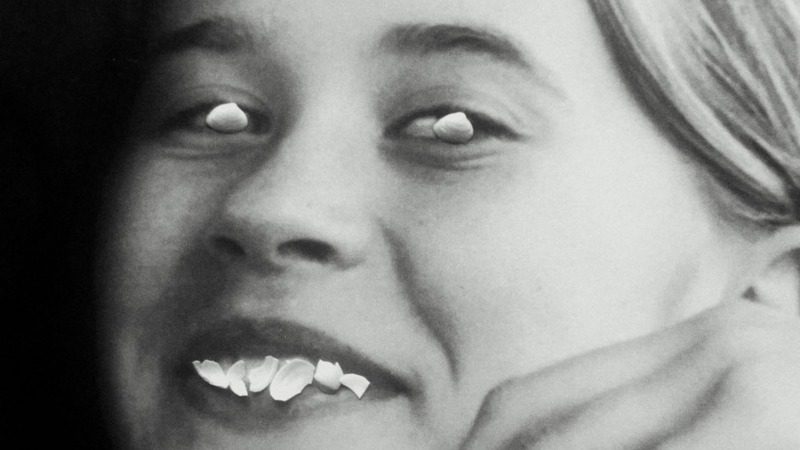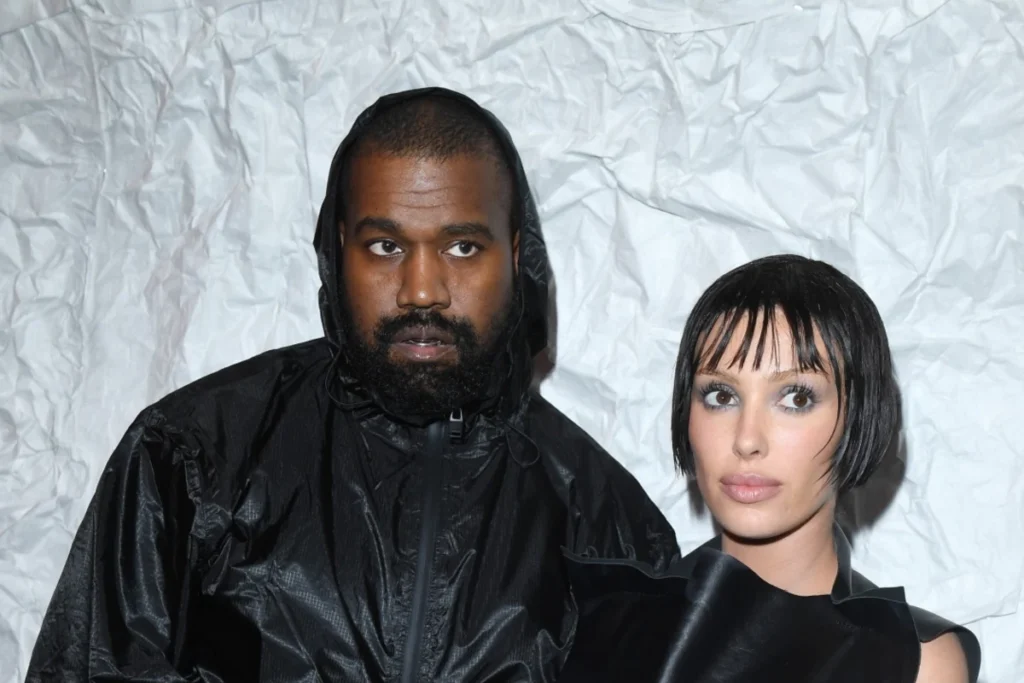A rumor was going around: Have you heard Anna von Hausswolf is going pop? But the baroque Swedish maven records on pipe organs in the Arctic Circle, and she had shows recently shut down after fearful Catholics blocked the doors of the church venue—lest she be allowed to play her “Satanic” music. Her last full length album, All Thoughts Fly, was a collection of booming, funereal dirges, the cover adorned with the shrieking face of a 16th-century statue of the Roman underworld god Orcus. Could the 39-year-old songwriter really be ready to trade in her hymns for something so banal as a song with a verse, chorus, and bridge?
Taking into consideration the presence of her two most-recent collaborators—Iggy Pop on the Nick Cave and the Bad Seeds-esque love song “The Whole Woman” and Ethel Cain on the ballad “Aging Young Woman”—then, kind of? But von Hausswolff’s most notable counterpart, saxophonist Otis Sandsjö, offers a different perspective. ICONOCLASTS, von Hausswolff’s new record, opens with a low, reedy riff from Sandsjö, which is answered by her pealing pipe organ. More than anything, the record is a conversation between these two instruments, bolstered by epic orchestral arrangements, clattering floor toms, and distorted guitars. Sandsjö’s presence adds an undeniable grooviness that’s new to von Hausswolff’s music. Are the arrangements classical and cinematic in scope? Yes. But pop? Not quite.
Anna von Hausswolff’s music is an accumulation. On ICONOCLASTS, she is working with an expanded palette of sounds including strings, woodwinds, and rock instruments. It’s a return to the more rock-oriented sound she experimented with pre-All Thoughts Fly, a collection of pipe organ instrumentals. “The Whole Woman,” for instance, begins by layering in a drum beat, a drone, strings, her pipe organ, a guitar, synth melody, and, finally, the saxophone—all in the first minute. Her songs, similar to metal, often span five, six, or seven minutes, taking their time coming to a rupture before dropping out into a sparkling saxophone solo or mournful organ notes. “The Iconoclast” is a 3-act play all of its own, showcasing von Hausswolff’s ability to build an expansive sonic world: It begins with a guitar riff worthy of a Mad Max: Fury Road car chase, the instrument chugging and the vibrating drums cutting out around the 5-minute mark, where von Hausswolff’s voice breaks on a sustained note. We reawaken in a rush of strings; the final movement is all saxophone and meditative harmonies.
The title of the record, ICONOCLASTS, invokes destruction. van Hausswolff wrote and recorded the record while going through a breakup, although this music sounds more like a battle cry than an expression of despair. “I’m breaking up with language in search of something bigger than this,” she sings on “Stardust,” borrowing from gospel, trance, and post-metal. Many of the songs follow the oft-meandering path away from mourning. “Aging Young Woman” joins a recent pantheon of female songwriters untangling their complicated feelings about motherhood, be it Tove Lo’s defiant rejection of suburban parenthood or Oklou’s anxious anticipation of the day her child will leave the nest. “The Iconoclast” finds von Hausswolff in the push-and-pull between routine and self-destruction, “seeking out answers in the wrong places, it’s expensive being alive.” But she is just as often defiant, even ecstatic: “Listen to me: I’m stronger than I seem, ‘cause I’m built for this huge emotion.”
“Struggle With the Beast” is the record’s undeniable standout. While most of van Hausswolff’s songs, like those of Chelsea Wolf or Emma Ruth Rundle, share their DNA with metal, Sandsjö’s saxophone adds a distinctly funk-flavored chaos. Beginning loudly, von Hausswolff ratchets up the tension relentlessly over the song’s nearly-9-minute runtime. It’s thunderous, nearly psychedelic—which makes sense, given that it was inspired by a friend of von Hausswolff’s psychotic break. The singer’s voice is at its most powerful here too, somehow finding a way to break through the cacophonous blare of horns as she howls, “People are dying while I’m playing dead, I’m fucked up in my head.” Despite, or perhaps because of the painful subject matter, it’s going to be an absolute behemoth live. It’s the kind of song that splits your fucking skull in two. So, no, ICONOCLASTS’s true iconoclasm isn’t the deconstruction of von Hausswolff’s previous sound or sensibilities. She captures the catharsis of having nothing left to lose, the nervous thrill of starting over. It’s a scorched earth approach to creating: everything must go. [YEAR0001]




